GammaSwap: Bringing On‑Chain Perpetual Options to DeFi
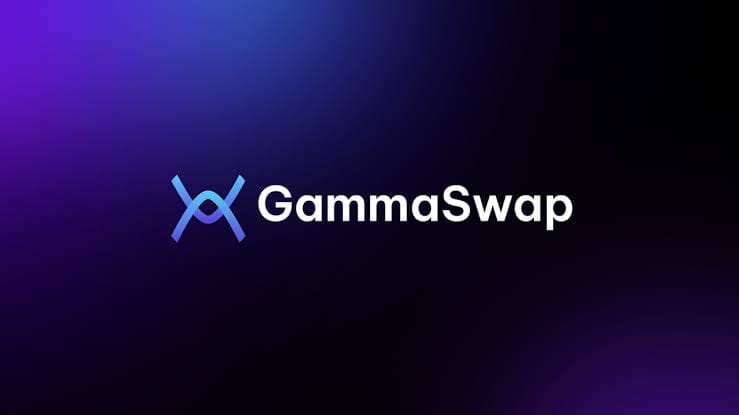
In the fast-paced world of decentralized finance, GammaSwap has carved out a unique role as the first on-chain perpetual options protocol. It allows traders to gain exposure to volatility without synthetic assets or oracles, and lets liquidity providers profit through a novel mechanism that flips impermanent loss into opportunity.
What Is GammaSwap?
GammaSwap lets users borrow liquidity from AMM pools like Uniswap or SushiSwap—essentially shorting the LP position—to trade perpetual options tied to volatility. There’s no oracle dependence, and no expiration dates. The result? Traders can dynamically manage exposure, and LPs can hedge risk and earn more tailored returns. It launched on Ethereum, Arbitrum, and Base after nine months of testing.
How It Works
Perpetual Options and Volatility Trading
Traders can take long gamma positions using borrowed liquidity, adjusting collateral to manage exposure to price movements. Instead of using funding rates, GammaSwap charges interest based on pool utilization, which—together with the AMM invariant x × y = k—dictates profit, loss, and returns. This oracle‑free design mitigates flash-loan vulnerabilities.
Borrowing Liquidity for Impermanent Gains
When token prices diverge, AMM LPs traditionally lose. GammaSwap enables traders to borrow tokens and hedge that risk. Borrowers over-collateralize positions (up to 90% LTV). If that is breached, positions are liquidated with a small protocol fee. Liquidity providers earn more than conventional swap fees, and borrowers gain opportunities to profit from volatility.
Yield Tokens and Liquidity Provision
LPs receive dynamic fees funded by borrow rates, which auto‑compound. One flagship product is gETH: users deposit ETH into an AMM pool while GammaSwap hedges it to maintain delta-neutral exposure. Yield can reach as high as 50+ % APR. The yield token functions like a liquid staking token with minimal friction.
DeltaSwap: Fee-Leaving Spot DEX
GammaSwap also built its own AMM called DeltaSwap, following the x × y = k model. It streams yield and uses variable fees rather than fixed swap charges. That design enables fee-less spot trading that still rewards LPs via underlying mechanisms, optimizing liquidity efficiency.
Tokenomics: GS and Governance
The protocol’s governance token, GS, enables staking and revenue sharing in ETH. Users also earn escrowed GS (esGS) and multiplier points for long‑term engagement. Key stats:
- Total supply: 1.6 billion GS;
- Circulating supply: roughly 14% (≈220 million GS);
- Market cap around $14–15 million; GS price near $0.06;
- A seed round of $1.7 million closed in early 2023, led by Skycatcher and others, with vesting schedules for team and investors.
GS also exists as a cross-chain Omnichain Functional Token (OFT), allowing interoperability across Arbitrum, Base, and Ethereum.
Security & Audits
GammaSwap’s smart contracts are immutable and were audited multiple times before launch. In October 2023, the team paused contracts after an edge-case vulnerability was reported through the ImmuneFi program. No funds were lost. The team resolved the issue quickly, resumed withdrawal-only access, and performed a re‑audit with Zellic before relaunching.
Why It Matters
- Aligning Risk and Reward. LPs earn fees that scale with volatility, not just volume, making compensation fairer.
- Innovating Financial Instruments. Perpetual options bring complexity and flexibility to DeFi, rivaling centralized exchanges but without off-chain dependencies.
- Yield and Hedging in One. LPs gain auto-compounding returns and traders have options to hedge or speculate strategically.
- Decentralization by Design. Oracle‑free operations and immutable contracts align closely with DeFi principles.
What’s New and What's Next
GammaSwap is live across Arbitrum, Base, and Ethereum, with integrations into major AMMs and its DeltaSwap platform up and running. In 2025, the team plans to roll out GammaSwap V2—an improved concentrated liquidity engine without tick ranges, plus new hedging tools and yield tokens like gBTC and gUSDC.
Community Sentiment
Outlets describe GammaSwap as what “degens have been waiting for”—letting traders go long volatility while hedging LP risk. Discussions highlight interest in wrapped strategies becoming easier for retail users, though users often debate the complexity and yield sustainability over time
Risks to Keep in Mind
GammaSwap operates in a competitive DeFi space—alongside projects like Hyperliquid and dYdX. Its model is innovative but also complex, potentially alienating newer users. Market volatility, smart contract risks, and governance decisions all carry uncertainty. Always do your own research.
References
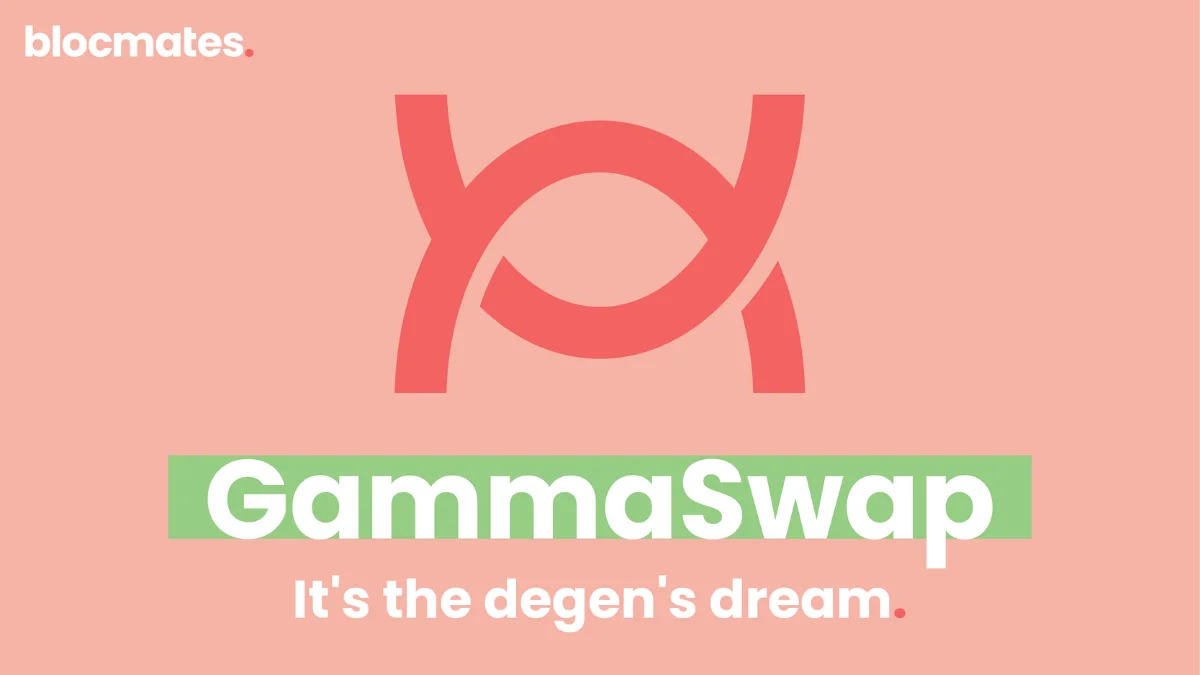

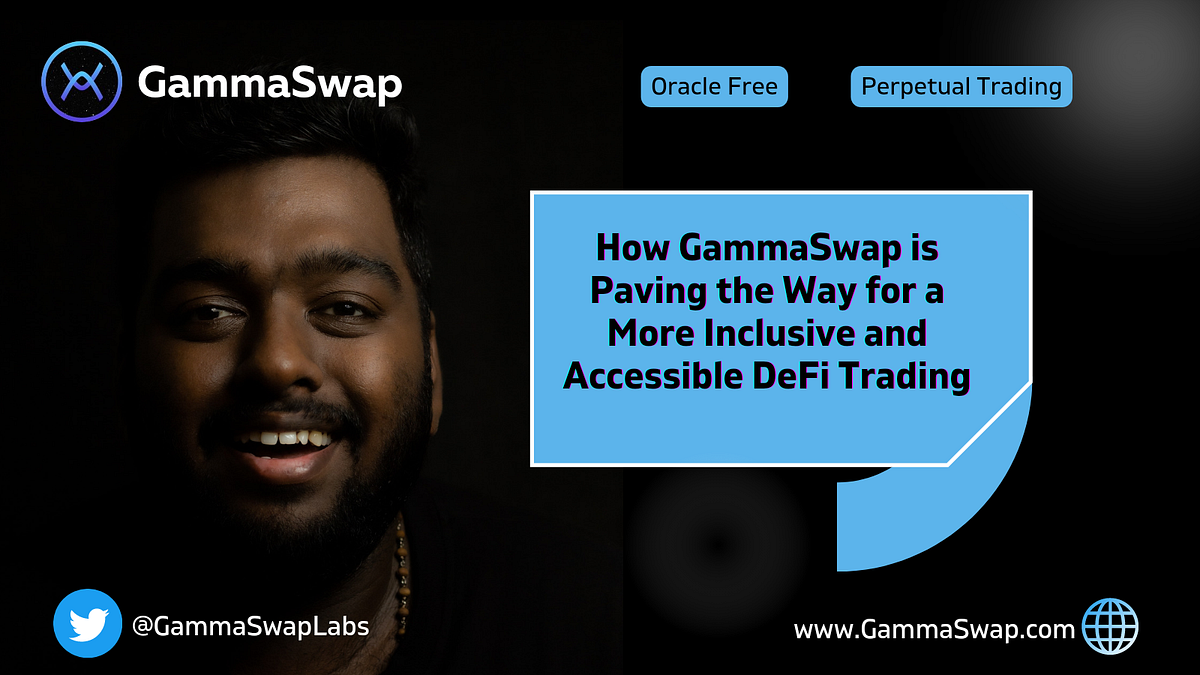
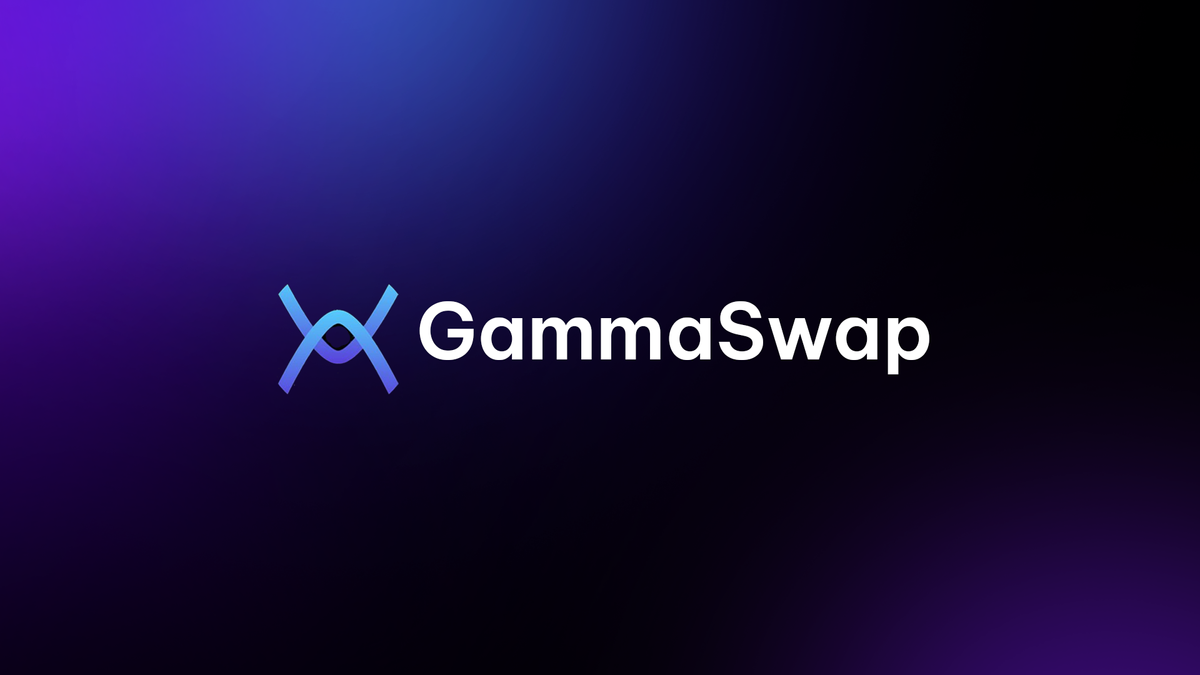
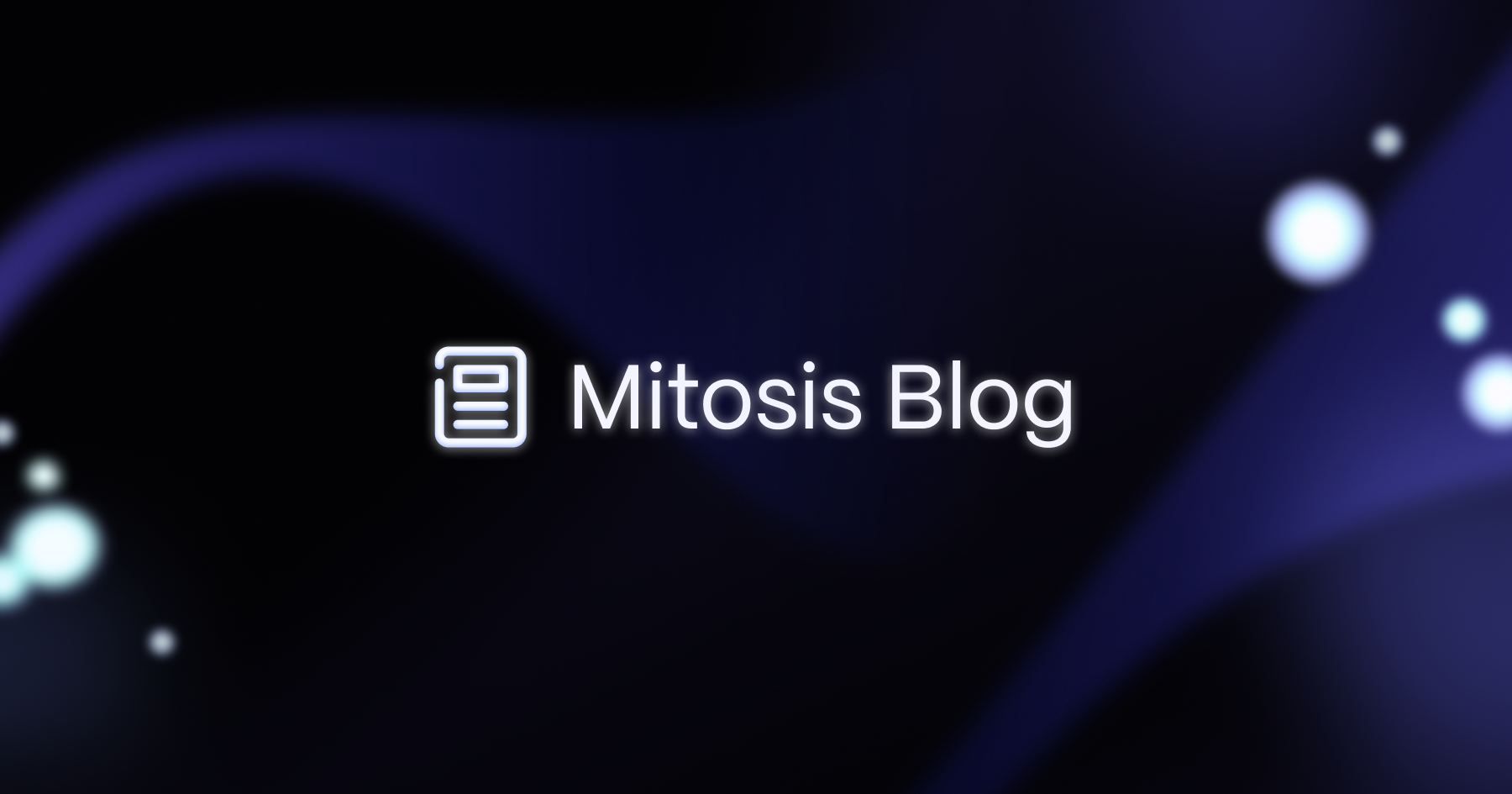
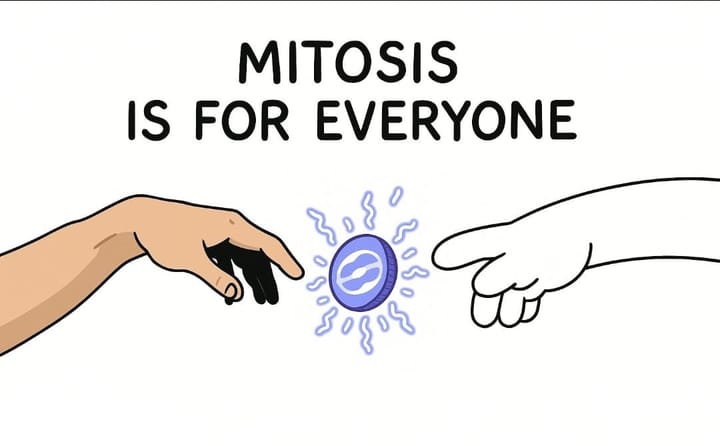








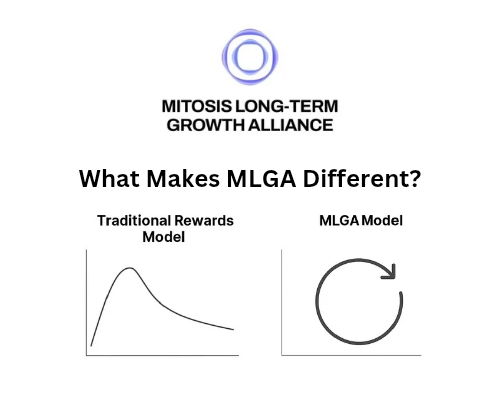
Comments ()